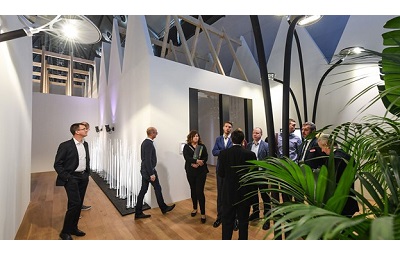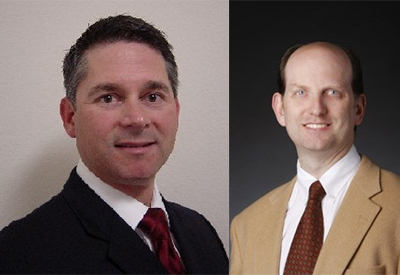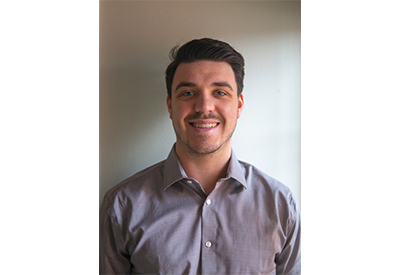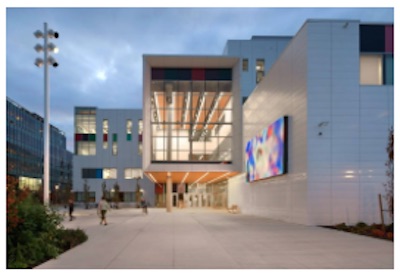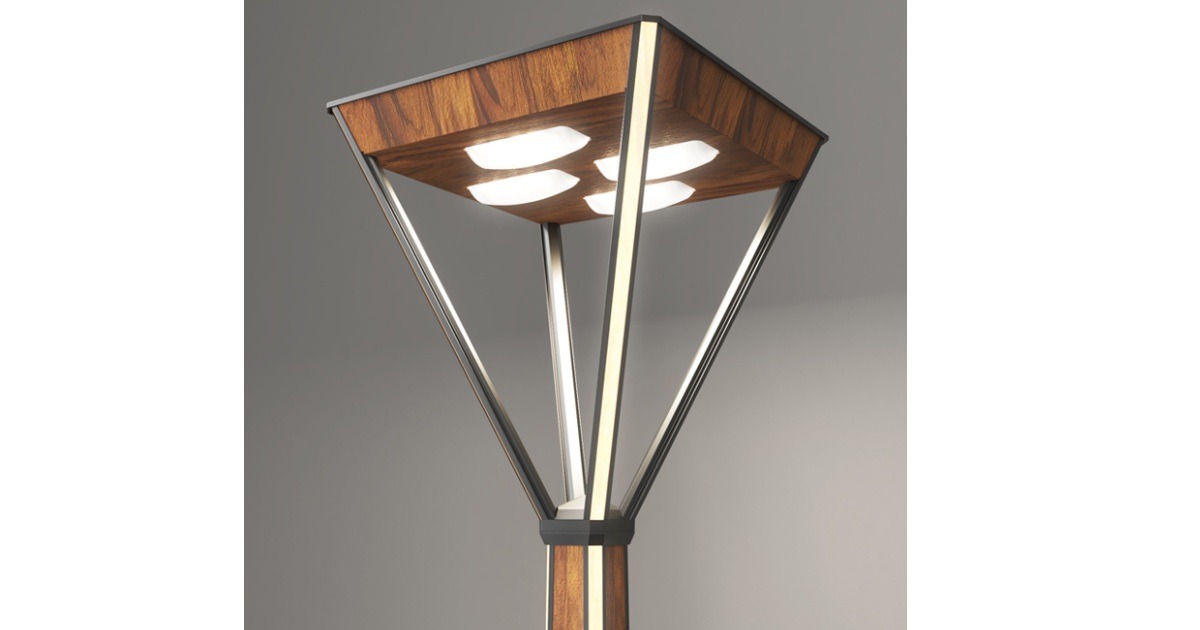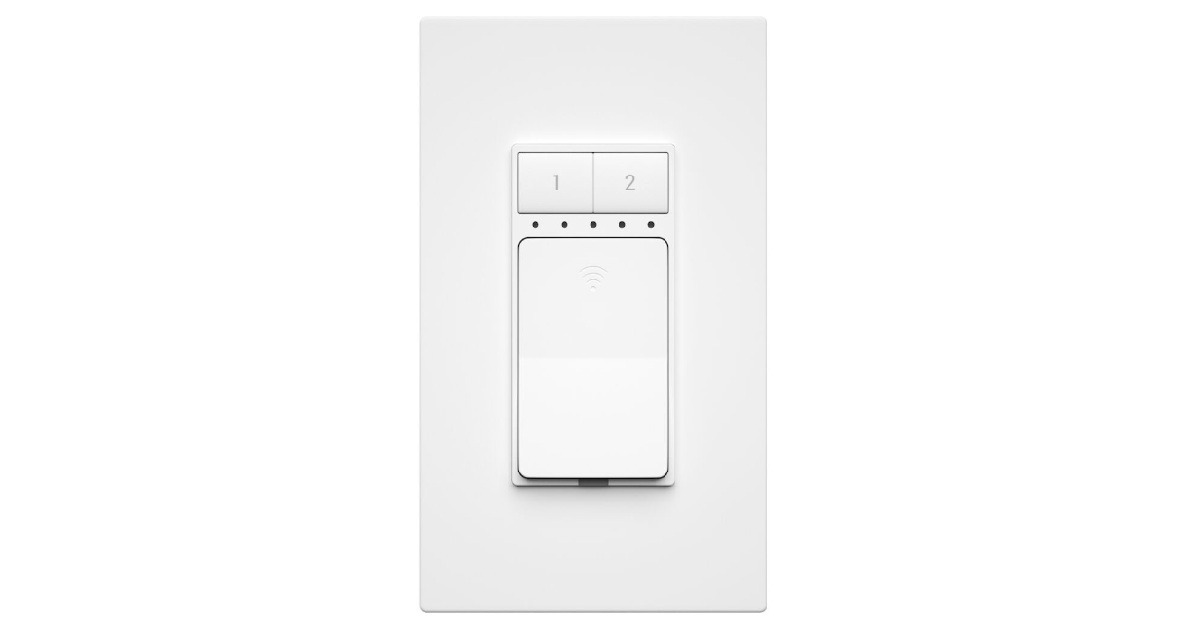Signify and Boston University Produce Report on UV-C Light

June 22, 2020
Signify together with the National Emerging Infectious Diseases Laboratories (NEIDL)1 at Boston University in the US have conducted research that validates the effectiveness of Signify’s UV-C light sources on the inactivation of SARS-CoV-2, the virus that causes COVID-19.
Since the start of the SARS CoV-2 pandemic, Dr. Anthony Griffiths, Associate Professor of Microbiology at Boston University School of Medicine and his team have been working on developing tools to support scientific advancement in this field.2 During their research they have treated inoculated material with different doses of UV-C radiation coming from a Signify light source and assessed the inactivation capacity under various conditions. The team applied a dose of 5mJ/cm2, resulting in a reduction of the SARS-CoV-2 virus of 99% in 6 seconds. Based on the data, it was determined that a dose of 22mJ/cm2 will result in a reduction of 99.9999% in 25 seconds.3
“We’re very excited about these findings and hope that this will accelerate the development of products that can help limit the spread of COVID-19,” he added.
Signify is the leader in UV-C light sources and has been at the forefront of UV technology for more than 35 years. It has a proven track record of innovation in UV-C lighting, which is designed, manufactured and installed in line with the highest safety standards.
“Given the potential of the technology to aid the fight against the coronavirus, Signify will not keep the technology for its exclusive use but make it available to other lighting companies. To service the growing need for disinfection we will increase our production capacity multifold in the coming months,” he added.
1 The NEIDL is a state-of-the-art research facility that encompasses significant containment laboratories at Biosafety Level -2, -3, and -4
2 Dr. Griffiths’ team develops vaccines and therapeutics for Risk Group 3 and 4 viruses, which include organisms that can cause serious or deadly diseases in humans
3 Research variables are available upon request


